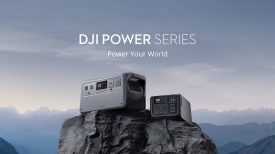By site editor Dan Chung:
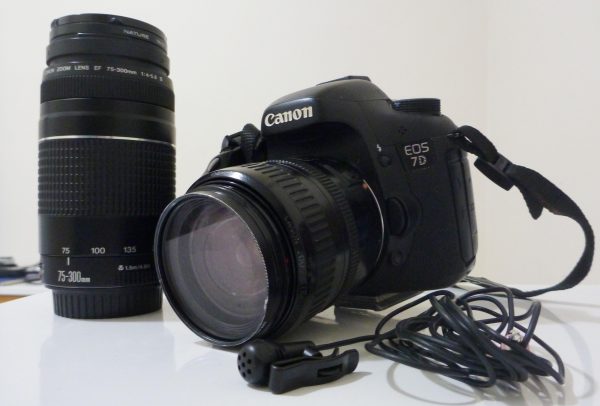
What kit should an award-winning multimedia journalist buy when it is time to upgrade? Tracey Shelton has been using the same Canon EOS 7D and “beaten up old lenses” since she started filming in Syria. They’ve helped her to win the the prestigious George Polk Award for Video Reporting and also a POYI award of excellence for her video from the warzone (recognising her work for the Global Post website), but she finally has a chance to buy new gear – and she needs advice.
She’s just back from Aleppo and says she needs to pack light and small, working for “anything up to a month in Syria… My full kit, laptop and clothes need to fit into a bag light enough to run away from bullets with.“
For that reason she is insistent on having just one camera that shoots both stills and video. “It’s also easier to have the one camera than juggling two…The 7D has been fine, could be better of course, but it’s done ok until now.”
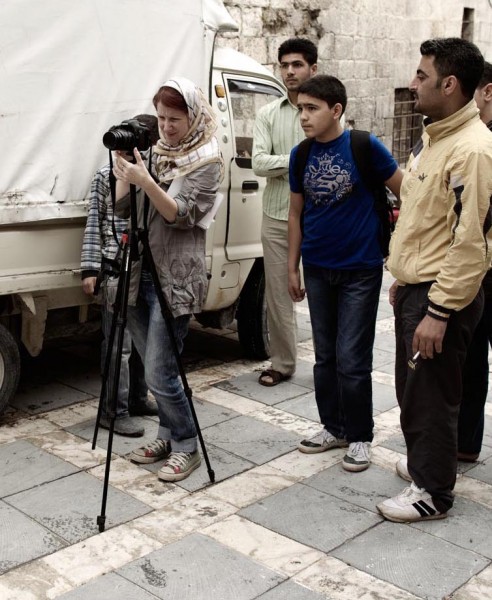
Her current kit consists of the 7D with Canon 28-105mm and a Canon 100-300mm but she says “the lenses I have need to go in the bin”.
Her budget is very tight – $2000 US. Her options are to keep the 7D body and buy new lenses or buy a whole new kit. She says she can’t afford two L series Canon lenses, and even if she could she worries they would be too heavy for “frontline gear”. She wonders if there is “a cheaper option that will give me close to the same quality – preferably a little lighter although I know that means less quality”.
She would also like to add a fast prime lens to the outfit and is prepared to consider used gear if it means she can stay in her budget.
The most logical camera that fits the bill is the photojournalist’s favourite, the Canon 5D mkIII, but on Tracey’s budget that is clearly ruled out.
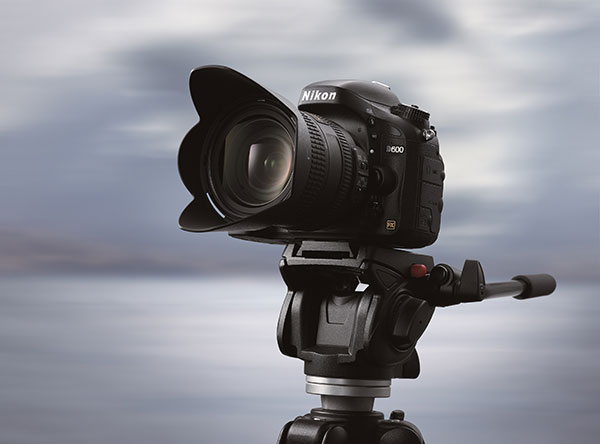
My advice to Tracey has been to try and extend her budget to afford one of the cheaper full-frame DSLRs – either the Nikon D600 or Canon 6D – or find a good deal on a used 5D mkII. All these cameras should have better video quality than the 7D, and better stills too.
A move to Nikon would mean additional cost for batteries and other accessories, but would mean she could monitor audio with headphones – an option sadly lacking in cheaper Canons.
Any new camera body would leave very little for lenses so I would suggest going for a used Tokina AT-X 28-70 f2.8 (good for video but slow AF for stills) or another Canon 24-105mm f4L (assuming she stays with Canon).
For a Canon long lens I would go for a used 70-200mm f4L which is both sharp and lightweight, or maybe a newer 70-300 f4-5.6 L IS if extra money could be found. Nikon options are more limited but inexpensive, high quality yet light weight zooms – especially ones with fast AF for stills. The logical lens is the new Nikon 70-200 f4 VR but it’s out of Tracey’s price range, so I would probably get a newer Tamron 70-300 stabilised lens.
An inexpensive Canon 50mm f1.8 (ideally a used MKI version) or Nikon 50mm f1.8 would be an option for adding a fast prime for full frame cameras. If Tracey stays with the 7D then the outgoing version of the Sigma 30mm f1.4 lens would seem like a good candidate as it is highly discounted right now.
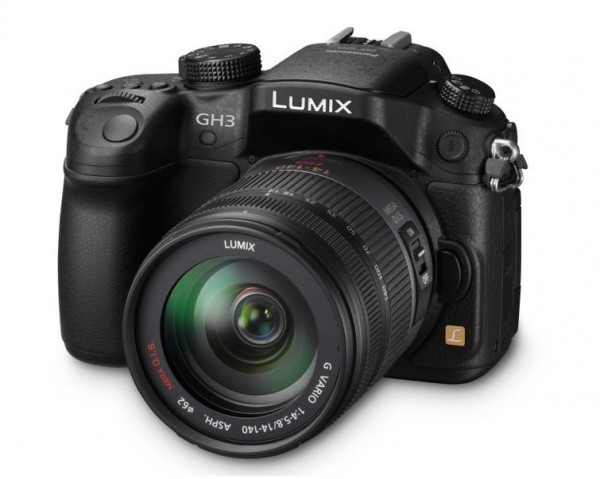
There is also the more radical option of going for a micro 4/3 system instead. The Panasonic GH3 and GH2 would be possibilities. The GH3 in particular has a reasonable video image and headphone monitoring. Lenses and cameras are very compact and well suited to running around. Shallow depth of field looks are harder to achieve but for war video this may not be essential.
The major downside of the GH cameras for Tracey would be their stills capabilities. They can’t compete with Canon or Nikon for shallow depth of field look and low light performance (at least not without expensive glass). The electronic viewfinders, while much better than before, are not as good as a reflex finder in an action situation. I think it would be worth Tracey considering whether she could live with these compromises for the sake of gaining a lighter weight camera system.
If you have any better suggestions or experience with any of the kit we are discussing please chime in.
You can see more of Tracey’s award-winning work from Syria and a discussion with her about witnessing the deaths of rebel fighters here.






